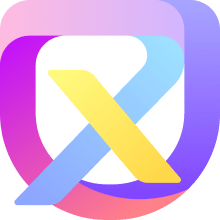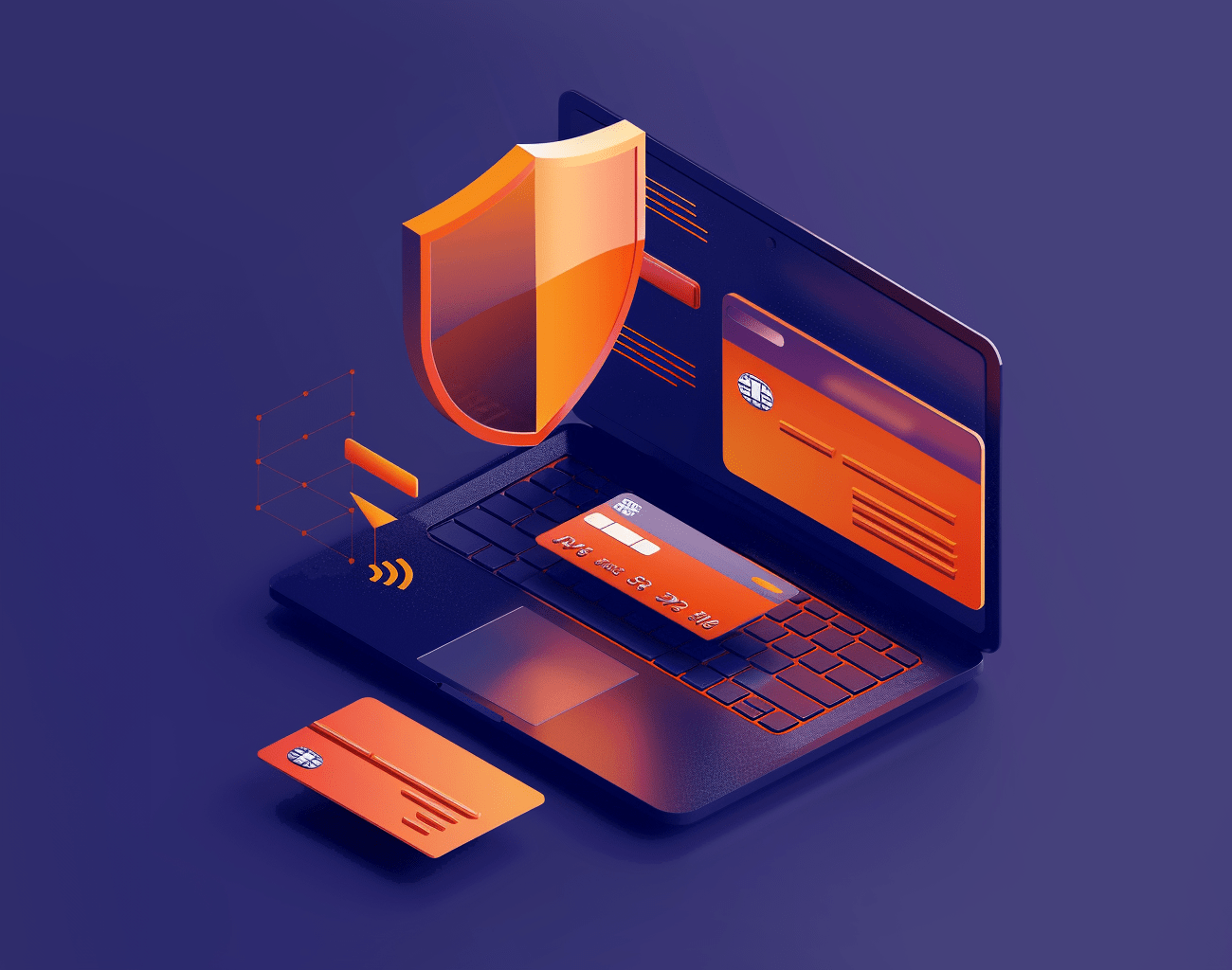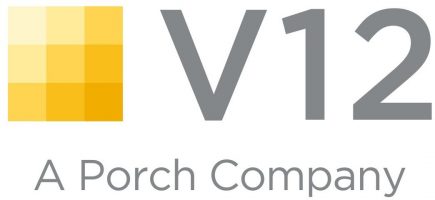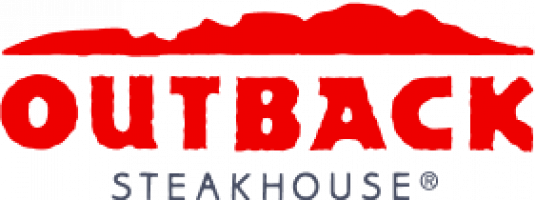This is a case study for the API Center at Discover Financial Services, I am Yinnette Olivo and, I’m a lead researcher for the craftworks team at Discover financial services. I work with enabling product teams on UX research and design I have about 20 years of experience working in the UX Research, Strategy, and Design space.
While the API center serves the purpose for which it was intended, as innovationists we can’t help but notice the details. After participating in discovery user interviews for the API Center, many have expressed frustrations associated with the limited functionality and lack there of. There is an underlying problem with the use of this tool, pain-points associated with discoverability, difficulty navigating, task prioritization, and documentation. After the interviews we were able to get a clear picture of what the users needed. The asked for overall reduction of friction, integration with other tools they use, facilitate the testing process, cut back on navigation and simplify, and create a collaborative environment where hand-off, versioning and API management is a team effort. Focusing in on the discoverability challenges. We must work on the discoverability aspect and plan a strategic digital marketing strategy within Discover in order to ensure users find the API center when they need it, and drive adoption ensuring that when they are there, they are engaged. Making it a single source of truth in terms for all our internal API needs.
This project fell on my lap when I was having a conversation about UX capabilities and beginning a UX Discovery Enablement initiative via Ways of Working at Discover. Ways of Working is one of the many innovation teams, led by a wonderful thought leader and specialist in productivity in the workspace, Angel Diaz. Diaz came from IBM to lead the Technology, Innovation, and Capabilities initiative at Discover, and since then, productivity is through the roof and we have turned a page into the world of Employee empowerment and education.
Having my conversation with George, a fellow CraftWorx engineer and founder of the AC4E Workgrpoup at Discover, he explained his plan to standardize API publishing and architecture within the organization. and want to improve ways of working within the product teams and especially when it comes to thinking up applications and Digital Services with APIs.
There’s an internal initiative to standardize and integrate legacy applications and as I was talking to this developer about what I do he said “hey why don’t we do a research study into the API Center since that’s going to come up and you say that this is what you do when projects are always better when you do the research”. I took on the challenge. After meeting with leadership, we had their full support to move forward with the discovery.
I got to work on a sort of isolating who was going to participate you know we decided that there were a few teams that we wanted to Target within the internal discover ecosystem, and some of those teams came from you know where a83 know from payments from card services from banking attesting all these different departments within discovering and you know we decided we’re going to do it very very much participation style so that that was my recommendation that we do it some of the benefits that I was looking to get from this research study was you know it was a really good opportunity for me the way I saw it was a great opportunity for me to sort of evil validate the craftworks methodology for product lifecycle.
so it was a way for me to validate the think portion of crock Works which is a list of to dos if you want a successful digital product so it mostly revolves around a road map like if you want your product to be successful you got to do these things you got to make personas you got to do research Discovery you have to talk to the user you have to do this so basically I wanted to validate the methodology and then on top of that
I wanted to help the API team you know the initiative produce a good product because I know that you know that the Northstar is is sort of The Guiding rule to any product and when you don’t have that Northstar you know the school can increase you know the end goal the goal posts anbu when it comes to Neato products so I wanted to sort of set some of these features in stone and help them stay on track with this digital product and you acts researches ago with good way of doing that started preparing the collateral so it was like emails and forms and all of these things I had to do with like you know inviting the user to participate
you know I did that and was creating all these emails and we decided on a few dates that work for everybody who was invited to these parts meetings we also wanted to we talked about you know recruiting from outside of these teams and just anybody who wanted to participate cuz the thing with you access when you’re doing user experience design and user experience all people who use the product but you also want people who have never used the product because they bring that Outsider perspective so
I decided on what sessions we would do that actually applied to the existing product we were looking at after I did email content analysis and and I had done some previous Research into the the actual you know these are the actual sessions that are going to help with this research study so
I sent out the invitations and then I also created a form to allow outside participant so we actually got a good turnout we got a total of about 30 people who actually showed interest and signed up to participate in this discovery process so once we had that we had sort of a pickup call to talk about what was going to happen in a lot of that involves going through with the participant how they can be a model participant you know what they can do during these sessions what kind of feedback I’m looking for you know I want you to be extremely selfish and then talk about what you need to get your work done and aside from that I
I want you to sort of debate the importance of features and the prioritization of features and how they would work etc and you know I truly wanted to sort of capture those pain points and those preferences for the user because that’s going to help us would have developed out these individual stakeholder to try and Hammer out with the business goals are so as a business where is it that you’re trying to be 23 years from now with this tool and that’s what I’m going to serve as a a fence for our user discussions and everything else so you know there are some users that you know sometime General and I wanted the user to understand that I’m here to talk about the API product and you know our sort of scope will focus solely on what we can do to improve their experience with the API product
it doesn’t mean that I’m going to ignore their feedback on you know the the everything else and all the other issues that they have but it just means that for now we’re trying to focus on one tool and you know I can log any pain points that they have with any other tools that are connected to the API Center but really our scope is here so once we started these sessions we had really good participation at the beginning people were really engaged we have videos that that sort of talk about it is it basically as that you know us going through each one of the features and talking about what their needs are and you know there were some overarching themes and some of those are you know that there was a lack of personalization things were hard to find so like the primary problem t.i. doesn’t really give you enough information for you to make an informed decision on which API to use and that was like the primary overarching feature so I decided to sort of Zone in on that after our post after our interviews as we develop some personas as personas are pretty much the people who are going to be using your application there fake profiles and we had to fake profile the person who’s going to be coming in and consuming the API and then we had the fake profiles of person who’s going to be providing the API so there’s the provider of this API service and then there’s the consumer and they both want different things so after we did our journey mapping session we found out that the consumer all they want to do is they want to go in they want to search for a specific keyword signed apis that relate to that keyword and then find look through the apis compare them and then select the one they want and be able to test it immediately and then with the provider they want to be able to test their API without having to go through all this bureaucratic process they want to be able to test it quickly and then once they decide that it’s perfect get it approved and get it published as soon as possible so now. Journeys it was a matter of prioritizing some of these tasks a whole bunch of features that during our user interviews and a lot of the features were you know and improve search they want sort of a Marketplace for apis where you can go and it’s sort of like a store and you you know they want enhanced tagging and enhance keyword search on these apis they want to be able to see a very much detail page of apis for the providers they want to be able to have a very powerful API details System including Swagger document documentation on what the API does responses any requests that you can make excetera and they also want somewhere to be able to manager apis and they want to be able to manage them in a team environment because sometimes people will go on vacation people leave the company and we lose access to those t.i. and modify it so once we have these features prioritized we had done a cartwheel no sort of a test prioritization chart and everyone decided you know like these are the ones that are most important search for the consumer was the most important of course they want to be able to search and and you know and have really powerful 8th API details and then obviously publishing was the most important for the for the provider at the end then but the final session involved doing a little bit of cards sorting where we group information together and you know it was it’s always very typical and very very results and a lot of that involves like oh you know searching and API details and being able to request is all on one side and then obviously other provider provider driven actions that are for you know for being able to test you know upload quickly test and then submit and then get it approved and then publish on one side so if you think of the API Center as a you know as a publishing site you know your provider would be the author of the article and obviously the consumer would be the person who goes to read the article so after that our final us sessions were basic whiteboarding we went through and pick some of our favorite features and all the sessions were done as a team I have to you know I want to make sure that that I mentioned that these were all done as a team and every single session was just you know us working together either an individual teams that we would split up or as a whole group and by no means was this me going off into a corner and doing this myself and then coming back and presenting it that any user research should be user-driven and they should you know have the keys to the car obviously user experience researcher like me who’s the lead I’m there to set the course but the user should always drive these sessions so we did some whiteboarding of our favorite features and we came up with some ideas of what these things could look like so overall in the end what we learned was that the users were looking for you know an integrated API workspace I wanted come here and I want to be able to do everything right here I want to be able to find consumed publish Etc all in the same place without having to go anywhere else Another Place Another thing was they wanted to work in teams so they wanted to be able to access their team members apis and vice versa and then one of the features that was definitely stress upon was a new testing environment where the provider especially that provider Persona didn’t have to wait for approval before they were able to actually get access to an API and that requires some type of testing environment that they can upload their api2 intuitive publish to themselves and be able to test it is secure manner that would be instantaneous and would not require you know bureaucratic waiting for someone to approve you at cetera at cetera and then of course the API details structure which would consist of powerful taxonomy to put of drive that search and then obviously very very detailed API metadata that would support that API information to make consumers to sort of give consumers as much information as possible about the API that’s published the individual provider and the individual consumer so once we had all of this feedback I was able to meet with the creative of the digital library team and get access to the component library for the updated system and again pinpoint libraries are a library of components for a website a drop-down menu a button a header a card a profile card information and image Etc and all of these are already pre designed so that all you have to do is basically put elements together and you don’t have to sit there and recreate a design from nothing so I asked you know I synced up with the access team and I said hey I’m going to be making wireframes to sort of provide can get access to your component library and they said yes so that was amazing so I got access to the component library and I was able to present these amazing amazing mock-ups so it was a lot easier for me because wireframes although they’re very simple I do have to create a lot of these components from scratch and I do have to research what is possible within the component library but the component Library team from the DTA which is the Design Technology Academy they made it really simple for me by giving me access to the component library system that they were building shout-out to least noblet she helped me a lot with getting access and getting the things that I needed so once I had access I was able to quickly basically mix-and-match components to sort of give these developers who are going to be building this thing a real life view of what this API Center could look like and that is the proposal we have today so in retrospective I would say was extremely valuable I would say that the API Center for enablement has enough work for at least the next two to three years we tried giving the user everything that they asked for and we’re going to continue doing that and as a matter of fact I’m currently testing invalidating a lot of these user-experience proposals that I put forth which is pretty much an interpretation of visual interpretation of what they asked me for I mean this is not rocket science anyone who who has been in user experience sessions and who has proposed designs I mean design is hard when you don’t know what these are wants but when you know what the user wants design becomes easy development becomes easy and the experience becomes easy for the user which is most important of all and that’s why user experience research is so valuable it’s because you’re not going to have those problems where users are not finding what they need you know you don’t have low retention because users don’t like using the product and they don’t come back you don’t have lower adoption because users don’t know how the product works and just can’t get themselves to use it or don’t know what it is and again and most important of all the driving revenue and productivity at I would say is the the biggest benefit of having user research performing user research before you actually create a digital product and that’s because you’re going to be building exactly what they’re asking for and let me tell you something we pay for what we want as users as consumers we pay for what we want we really want something we’re going to pay for it and although this is an internal product and it’s being used by the developers at that Discover at Discover Financial the the productivity the amount of productivity and and improvements to productivity the amount of improvements productivity increases greatly because we’re finally creating something that the user wants and that’s going to help them find exactly what they need and cut back on rework cut back on time spent searching and reaching out for people and it’s going to allow more time for Innovation and creativity and thank you.





